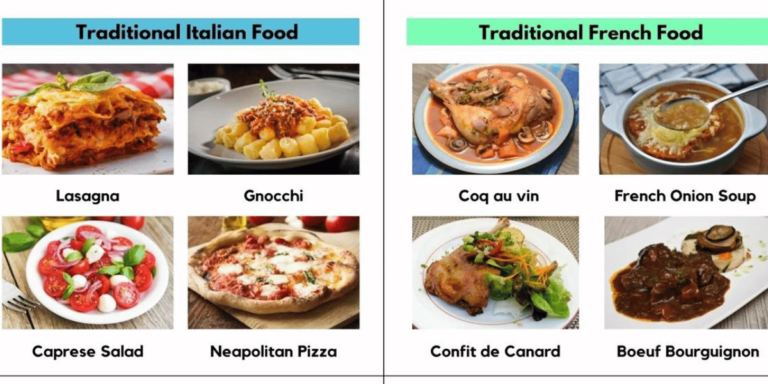Different Types of Mushrooms with Interesting Facts

A vast array of mushrooms exists, comprising approximately 50,000 species. For centuries, certain mushrooms have served both medicinal and culinary purposes. They have been incorporated into vegan and vegetarian diets as meat substitutes and have even been utilized as alternatives to leather. While most mushrooms are safe for consumption, roughly 2% of the species are known to be poisonous.
Types of Mushrooms
List of mushrooms
List of mushrooms in English:
- Shiitake
- Chaga
- White Button Mushroom
- Enoki
- Chanterelle
- Death Cap
- Destroying Angels
- Podostroma cornu-damae
- Psilocybin
- Blue Mushroom
Edible Mushrooms
Let’s look at 5 edible types of mushrooms:
Shiitake
This mushroom boasts a robust “umami” flavor and is commonly employed to add depth to soups and stocks in Korean, Chinese, and Japanese cuisine. It has been utilized for medicinal purposes for many centuries.
Chaga
Chaga, a widely sought-after medicinal mushroom cultivated on birch trees in colder climates, is renowned for its ability to enhance immunity, lower blood sugar levels, alleviate inflammation, and hinder the growth of cancer cells.
White Button Mushroom
This mushroom is widely consumed globally for its subtle taste. It is notable for its vitamin D and B12 content, making it a significant component of a plant-based diet.
Enoki
Similar to shiitake mushrooms, this variety is a beloved addition in Japanese cuisine, often incorporated into soups and ramen dishes. Owing to their delicate appearance and flavor, they are also well-suited for use in salads.
Chanterelle
Chanterelle mushrooms, known for their stunning fan-like appearance, are commonly featured in Italian and French pasta dishes. These mushrooms cannot be cultivated and must be foraged, rendering them more expensive than more readily available varieties.
Inedible Mushrooms
Following are 5 inedible types of mushrooms.
Death Cap
Despite its grim name, the death cap mushroom begins to damage cells within 12 hours of ingestion. Its potent toxins are resistant to high cooking temperatures. Regrettably, over 50% of poisoning cases involving the death cap mushroom result in fatalities.
Destroying Angels
These mushrooms bear a resemblance to numerous edible varieties, leading to accidental foraging. Their poison has a slow-acting effect, typically taking up to 24 hours before symptoms become apparent, making it often too late for individuals to realize the mistake.
Podostroma cornu-damae
Ingesting a bright red mushroom can cause skin peeling and hair loss. Left untreated, consumption of these mushrooms often leads to fatalities.
Psilocybin
When ingested, psilocybin induces a potent hallucinogenic experience, leading to its historical use in ancient rituals. However, due to their recreational use, psilocybin mushrooms are now prohibited in many countries. While deemed inedible, they are not typically fatal, though physical symptoms such as vomiting and stomach cramps can occur.
Blue Mushroom
True to their name, these mushrooms exhibit a stunning bright blue hue and are indigenous to New Zealand, even gracing the country’s stamps and $50 banknotes.
Continuously, numerous new applications for mushrooms are being unearthed. A notable example is the development of an environmentally friendly substitute for plastic packaging derived from fungi. Additionally, mushroom-based furniture, tiles, and building materials are now available, showcasing the potential of bioprospecting in creating a more sustainable future. The burgeoning interest in mushroom alternatives stems from their zero carbon emissions, minimal waste production, and rapid growth rate.





